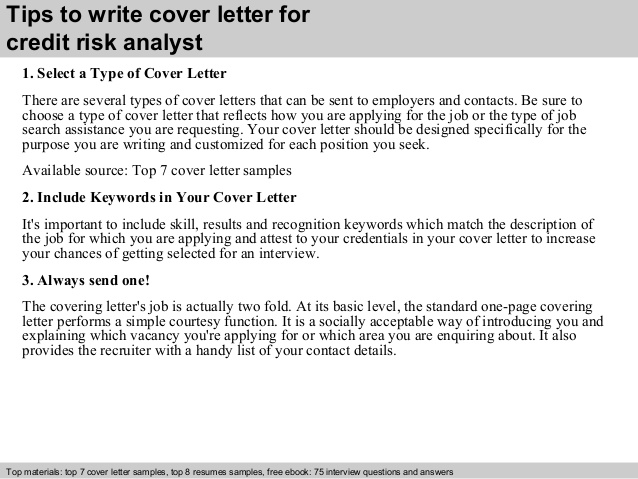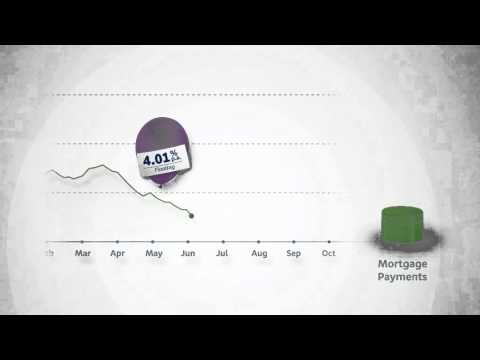Contents
The first and third tops are approximately at the same level. However, the second top is higher and stays as a Head between two Shoulders. The 5-minute chart of the GBP/USD for January 13, 2017, shows an example of a Double Top pattern technical analysis. The pink lines and the two arrows on the chart measure and apply the size of the pattern starting from the moment of the breakout. Then we will give you a detailed explanation of the structure and the respective rules for each one. The main difference versus flags is that the price pauses and fluctuates in a horizontal range that decreases before breaking instead of moving within two parallel lines.

In order to be able to plot the flag, a trend channel must be confirmed during the consolidation range. This trend channel involves an upper trend line created by drawing a line from the upper highs of the consolidation range. On the other hand, the lower trendline is created by drawing a line from the lower lows of the How to calculate the EMI in your mortgage consolidation range. It’s basically a continuation pattern aligned with support or resistance. In short, you need to find out Rally Base Rally or Drop Base Drop along with SR flip . Any information or advice contained on this website is general in nature only and does not constitute personal or investment advice.
What is a Flag Pattern?
This is because flag patterns often form after a sharp move in the market. So, by entering into a trade after the market has already made a significant move, traders can manage their risk by giving the market room to move in their favor. Flag patterns also help traders set stops and limits because the consolidation period typically forms a well-defined pattern.
Your Stop Loss order in a Head and Shoulders trade should go above the second shoulder of the pattern. CFDs are leveraged products and as such loses may be more than the initial invested capital. Trading in CFDs carry a high level of risk thus may not be appropriate for all investors.
About ForexBoat
Once the sells go through, the price begins to rise slowly. This is a really good indication that a bearish flag will emerge. A good stop placement for the forex bull flag pattern is on the other side of the flag, just below the consolidation low.
The only difference is in the direction of trend and volume patterns. Flags can look relatively easy to spot, but it does require experience to spot them in choppy market conditions. However, there are times when traders create strategies around false breakouts as well. Combined with other indicators, flags can be useful technical tools for trend traders. In the same way, a flag in a bearish flag pattern represents the retracement phase of the market and a pole represents the impulsive phase of the market.
- As you can see in the example above, this is a clear descending flag pattern with multiple pull-backs showing up from the flag pole to the flag.
- Secondly, presence of heavy trade volume makes the pattern more reliable.
- However, the second flag comes with the steeper pole and appears in an established downtrend — there is a clear sign of lower highs and lower lows.
- Many traders are afraid to miss the second large move, so they will open a trade as soon as possible.
As you can see in the example above, this is a clear descending flag pattern with multiple pull-backs showing up from the flag pole to the flag. In this article, we will explain to you what a flag pattern is and how you can trade it. Depending on where you’re looking at the flag, the height of the pole should be uniform across it or close to uniform throughout. Then, when traders realize that the details are not as strong as the headline, they get out of the trade and there’s a rapid turnaround.
Structure of the Flag Pattern
In other words, even if you miss the initial move, you can still jump on the action by watching for bullish or bearish flags. Bear and bull flag patterns are two common motifs that can predict the continuation of a trend. Learn all about them here – including how to trade flags, and how flags differ to pennants.

To trade a bearish or bullish flag pattern, you’d look to open a position shortly after the market breaks out, so you can profit from the resulting move. In a bull flag, you’d place a buy order above the resistance line. The chart below, Figure 7, shows a bullish pennant example and how it can be traded. Chart https://1investing.in/ patterns are valuable technical analysis tools to study price action. They are graphical representations of the forces of supply and demand, as well as the relative strength of price levels. By studying these chart patterns, traders can confirm price trends and decide on their entry and exit points.
Featured Low Spreads Forex Brokers
You should seek independent financial advice prior to acquiring a financial product. All securities and financial products or instruments transactions involve risks. Please remember that past performance results are not necessarily indicative of future results. As with the other patterns we have discussed, the Head and Shoulders chart pattern has its opposite version – the Inverse Head and Shoulders pattern. It acts absolutely the same way, but everything is upside down.
These pullbacks give you a nice opportunity to trade the market in the form of a flag pattern. Can you explain a bit more about your method for detecting the patterns as well because there can be huge variation depending on the system being used. You can have two different methods but those will often pick entirely different trade entry times.
A flag that is angled in the same direction as the preceding move, for instance, a flagpole and a flag both moving up, weakens the performance of the flag pattern. In this article, we have reviewed flag and pennant patterns indicating the trend continuation. The appearance of the pennant on the chart is preceded by a strong trend movement – just like before the flag – which will serve as a flagpole for the pennant. After the resistance level is pierced, we have to wait for the price to roll back to this level, which after the breakout becomes a support level.
“Flag” Pattern in Forex
High timeframes like 4-hour or daily can help you gauge the current state of the market quickly. Using a 50 or 200-period moving average might help as well. Of course, you don’t want to miss the next big move down, but you also don’t want to enter too early while the market is still retracing. Luckily, because the first wave of trades is usually generated by algorithms, it can be followed by more waves when other traders take notice and jump on board.
The forex market flag formation happens when the price trends sideways horizontally after rising or falling sharply. If the price falls below the lowest low, then it’s looked at as a bearish flag pattern that could lead to further declines or continuation of the current downtrend. The opposite applies to bullish flags with both being visible on charts these days.
The first target equals the size of the Pennant and the second target equals the size of the Pole. The Pennant chart pattern has almost the same structure as the Flag. A bullish Pennant will start with a bullish price move , which will gradually turn into a consolidation with a triangular structure .
Flag trading is based on trading when a trend is about to break or a reversal is accepted after a long-term trend. In practice and the stock market, the bull flag is very often used. Price oscillation during the period of consolidation can usually be presented as a flag .



